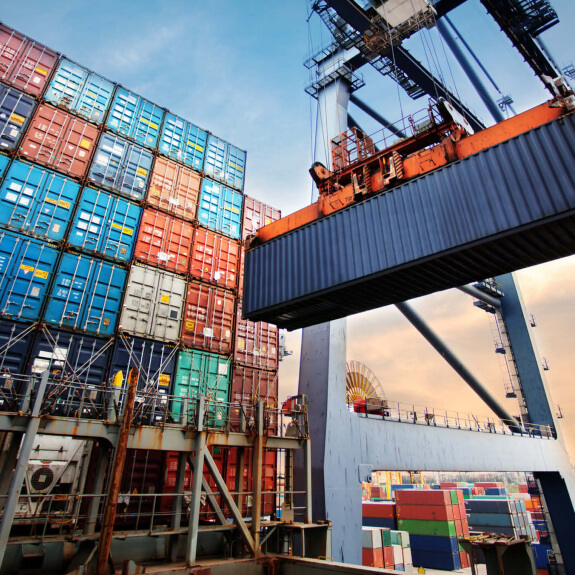
The world of commerce has greatly benefited from the versatility and efficiency of shipping containers. These monolithic boxes of steel are integral to the movement of goods across vast distances. However, they also bring an imperative question to the fore: How exactly do you weigh a shipping container? Let’s take an in-depth look into the process.
Importance of Accurate Weighing
Understanding the accurate weight of a shipping container is not only essential for logistical purposes but is also a mandatory safety requirement. From preventing overloading of ships, trucks, and trains, to avoiding structural integrity issues with storage facilities, having precise measurements helps to maintain the smooth operation of the entire supply chain. Additionally, these measurements can significantly impact customs duties and levies, making the accurate weighing of containers a matter of financial importance as well.
Weighing Systems for Shipping Containers
When it comes to weighing shipping containers, several techniques are used, each with its own set of benefits and constraints. The three primary methods are the use of weighbridges, lifting equipment with integrated scales, and container weighing systems.
Weighbridge: An Efficient Approach
Weighbridges are large, ground-based scales that can measure the weight of entire vehicles. To weigh a shipping container using a weighbridge, the truck transporting the container is first weighed empty, and then weighed again once it’s loaded with the container. The weight of the container is then calculated by subtracting the truck’s empty weight from its loaded weight. Weighbridges are cost-effective, widely available, and can handle high capacities, making them a popular choice for many businesses.
Integrated Scales: Precision in Lifting
Another widely used method is employing lifting equipment such as cranes or forklifts that have integrated weighing systems. This technique allows the container to be weighed during the loading process, saving significant time. These systems use load cells to measure the weight of the container and provide real-time data, thereby ensuring high accuracy.
Container Weighing Systems: On-the-Spot Accuracy
Container weighing systems are devices specifically designed for the task. These systems, which are often portable, are placed under each corner of the container to measure the weight. The cumulative total of these four measurements gives an accurate weight of the container. While these systems might require a higher initial investment, their high precision and portability make them an attractive option for businesses that regularly handle container logistics.
Compliance with Regulations
It’s essential to note that any method used for weighing a shipping container must comply with regulations laid out by the International Convention for the Safety of Life at Sea (SOLAS). SOLAS regulations mandate the provision of a verified gross mass (VGM) for every packed container before it’s loaded onto a ship. This VGM must be obtained either by weighing the packed container directly, or by weighing the container’s contents and adding it to the tare weight of the container.
Practical Considerations
While the actual weighing process is crucial, businesses should also consider practical aspects related to the process. For example, time and resource allocation plays a significant role. Weighing should not become a bottleneck, causing unnecessary delays in the supply chain. The speed and ease of operation of the chosen weighing method, hence, become critical factors.
Choosing the Right Weighing System
With numerous weighing methods available, companies must select the one that best suits their specific needs. For instance, businesses that deal with a high volume of containers might benefit from an integrated scale system due to its speed and convenience, even if it represents a higher upfront cost. On the other hand, smaller businesses or those with fewer containers might find that a weighbridge or portable container weighing system is more cost-effective. This selection process requires careful consideration of factors like the volume of containers, frequency of weighing, budget, and infrastructure availability.
Staying Ahead with Technology
Finally, it’s crucial to consider technological advancements in this area. Digital solutions, Internet of Things (IoT) devices, and advanced software can streamline the process of weighing, recording, and managing the weight data of shipping containers. These technologies offer real-time access to data, increased accuracy, and easier reporting – all of which can help businesses stay ahead in today’s competitive market.
Weighing a shipping container accurately is an essential aspect of modern logistics and trade. It ensures safety, compliance, efficiency, and financial accuracy in operations. Whether businesses opt for weighbridges, integrated scales, or container weighing systems, the focus should always be on precision, speed, and compliance with regulations. By integrating technology into this process, companies can not only enhance accuracy but also gain better control over their logistics, ultimately driving growth and success in the long term.


